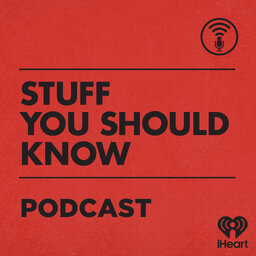How Karate Works
Karate, meaning "open" and "hand", was developed in Okinawa before being exported to Japan and then the rest of the world. It is one of the most widely practiced martial arts and one of the most difficult to master. Learn about it in this episode.
Learn more about your ad-choices at https://www.iheartpodcastnetwork.com
 Stuff You Should Know
Stuff You Should Know


